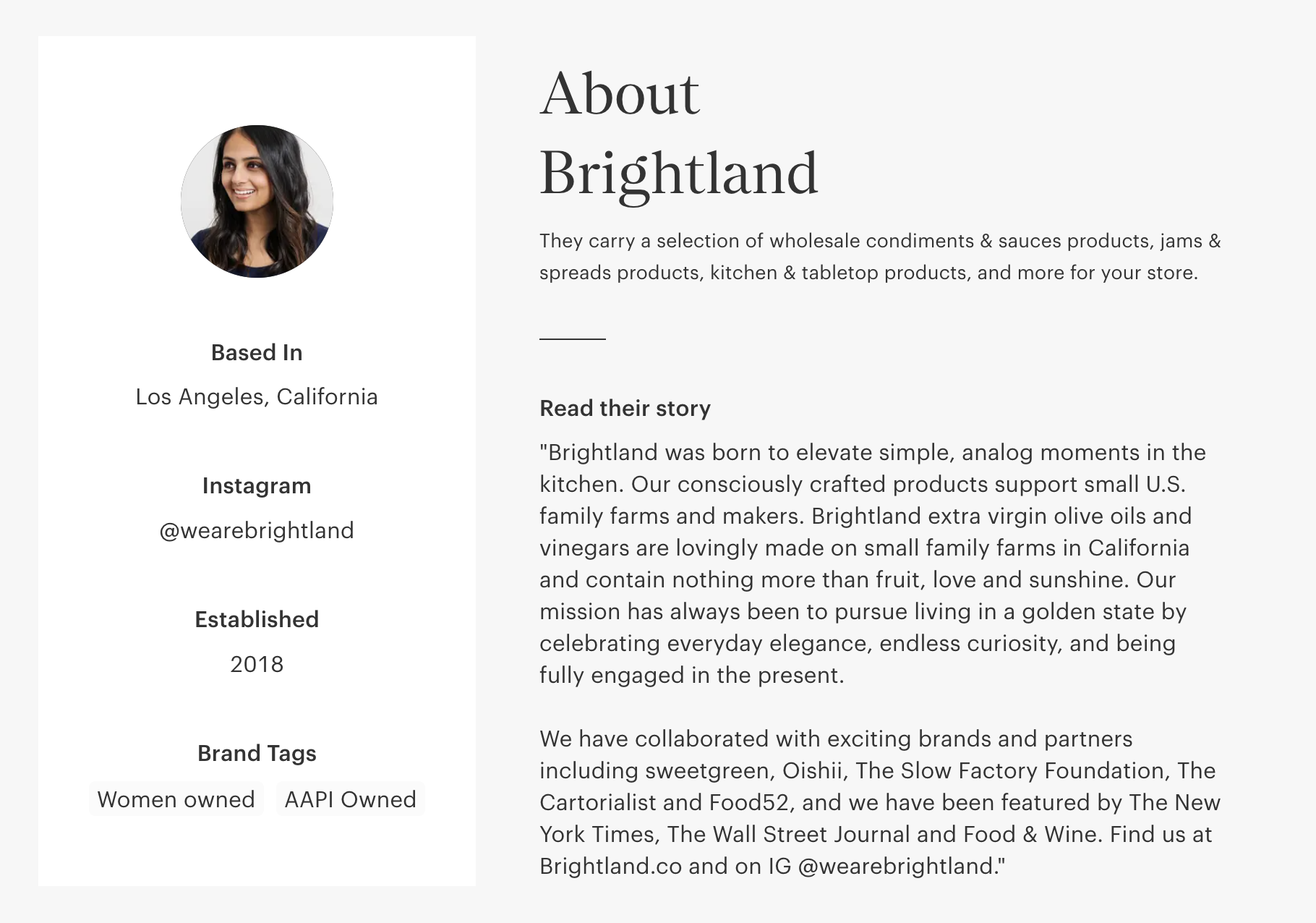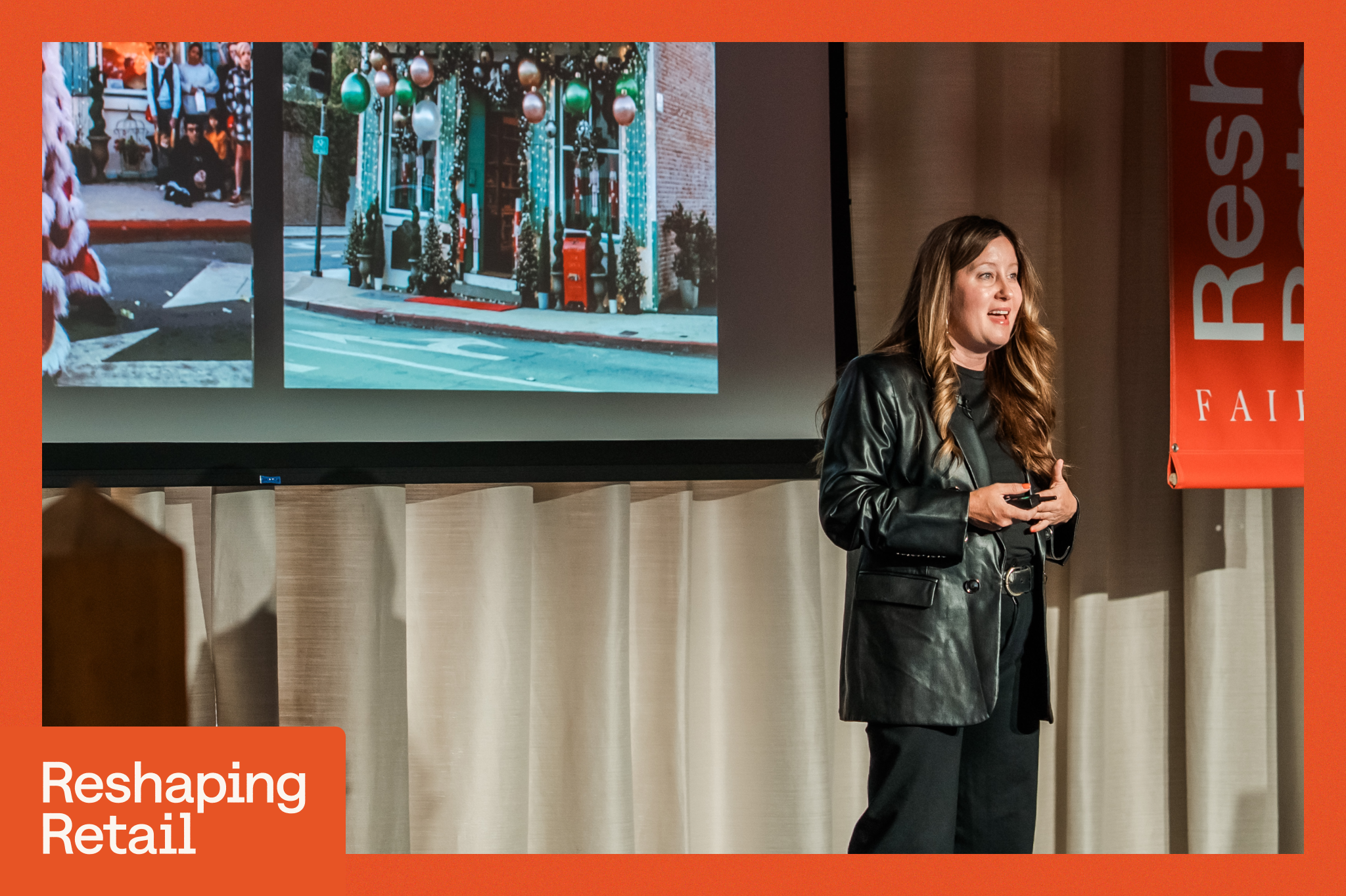

Now more than ever, customers crave authentic brand stories that resonate with them rather than carefully curated marketing campaigns that talk at them. People don’t want to feel like they’re being sold something—but selling something is obviously your goal as a brand.
How, then, do you create a compelling story that connects with your audience and share it in a way that stimulates growth for your business? Let’s dive into what a brand story is and walk you through the ins and outs of shaping and sharing your story for optimal results.
What is a brand story?
Similar to a mission statement, a brand story can describe what drives your company’s mission, but it can (and should) be much more than that. A brand story is a narrative that describes how your company started, what inspired you, why you’re here, and what makes your products unique. It should also express your company’s values and give your customers a reason to connect with your brand on a personal level.

Your brand story should be authentic, customer-centered, consistent across multiple channels, true to your brand’s voice and personality, and—most importantly—told in the format of a story. And while a brand story should be clear and concise, it should also include some evocative and descriptive language.
5 tips for telling your own
Ready to tell your story? Here are five tips to get you started.
1. Identify your target audience and focus your story on them
Before anything else, you must know who your target audience is to create a story that connects with them. Are they concerned with specific values, like environmental sustainability or supporting women-owned or minority-owned businesses? Do they prefer the finer things in life or are they budget-conscious? Are they homeowners, or are they renters? Are they parents, kids, or young adults living the single life? Are they established professionals or still exploring life’s possibilities? What are they most concerned or worried about? What is most important to them and brings them joy?
Your target audience might include more than one tightly defined demographic, but it’s a good idea to ask yourself some of these questions and narrow it down so you can focus your message on the people you’re trying to reach. This should also help you better know your own story, define the heart of your brand, and create a more articulate message.
2. Choose the right formats to share your story
There are many different formats you can choose from to share your brand story. Most brands use multiple formats at once, but your story should still be consistent across channels even when the style, structure, and length changes. These are some of the main format options you can choose from:
- Microcontent (very short in length and primarily used for social media)
- Articles and blog posts (medium-length written content)
- Case studies (medium-length written content with more analysis)
- White papers (longer written content with more research)
- E-books (longest and most detailed form of written content)
- Data visualizations and infographics (including interactive infographics)
- Motion graphics (i.e., animation or digital footage)
- Videos (including explainer videos, tutorials, CEO/founder interviews, etc.)
3. Brainstorm ideas from a storytelling perspective
Now it’s time to brainstorm some ideas for your content. Consider thinking about a conflict that has been resolved, whether it’s a challenge you overcame while building your business or a problem for consumers that your products solve. Maybe you have a hero’s journey story about facing adversity on the road to building your brand and rising to the challenge. Perhaps your product disrupts the status quo or offers something that wasn’t previously on the market. Other narrative styles include the origin story, the underdog story, before and after, and more.
Like any good story, you need exposition to introduce the conflict and the world of the story—including the setting and characters—followed by rising action, a climax, falling action, and a resolution. Also make sure you answer the following questions in your brand story:
- Who are you?
- What do you do?
- Why do you do it?
- Who do you do it for?
- How do you do it?
- What does the future look like for your brand?
4. Write, revise, edit, and test your brand story
With your target audience, chosen formats, and brainstormed ideas in mind, now it’s time to create your narrative story. Whether you’re creating a written narrative or a visual narrative (or both), always remember the “why” of your brand and position yourself as the expert on your products. This means avoiding technical jargon—because your audience members are not the experts—and explaining anything about your products or brand that readers or viewers might not understand, without being condescending.
Above all else, make sure your story is authentic, emotional, meaningful, and personal.
Once you have a draft of your brand story in all its forms, you’ll want to test your story with an audience and refine it until you have the best version that represents your brand’s unique voice, tone, and visuals. If you have the budget for it, you can hire a focus group, but if you’re a small independent business, you might not have that kind of budget. Friends, family, and associates should hopefully be able to help! Whoever views or reads your brand’s story during the testing phase should be able to figure out why your story matters, what audiences are ultimately taking away from it, and the value it adds to your brand’s persona.
5. Strategically share your story
Once you have shaped your brand story, it’s time to share it. Consider putting your content strategy in writing as well, so your team is on the same page and you can streamline the production process well into the future. In addition to sharing your brand story, consider utilizing various content formats to engage your audience. For example, integrating enterprise personalized video software can add a dynamic touch to your storytelling efforts. These advanced tools allow you to create videos tailored specifically to your target audience, amplifying the personal connection and enhancing viewer engagement.
Make sure to share your brand story through as many relevant channels as possible including your landing page, your blog, your email list, and social media (such as your Instagram bio, “who are we” on LinkedIn, videos on TikTok, etc.). You can also make your story visible to customers in your brick-and-mortar store if you have one.
A few strategies to keep in mind:
- If you share content via email, make sure to follow email marketing best practices so your story doesn’t end up in the trash or the spam folder.
- Content that you share on your blog should be optimized for search engines with relevant keywords and links to pages on your website.
- After sharing content on social media, you can continue to engage with customers by responding to their comments and encouraging them to share it.
- If you share content in different formats across multiple social media channels, track the metrics to see which iteration is getting the most attention. Also analyze the metrics for emails and blog posts so you can continue to revise future content for consistent, optimal results.
Last but not least, remember to include the best version of your story on your Faire shop page. You can share your story on Faire as a written narrative and a video if you have opted to create one. Now, it’s time to start storytelling!




